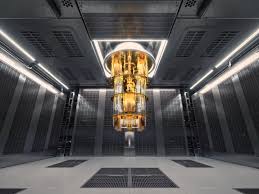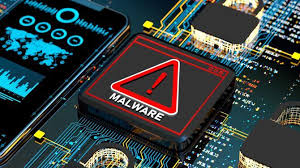Cybersecurity
Featured
Building the Quantum Shield: NIST's Race to Standardize Post-Quantum Cryptography
Editor
Jun 21, 2025
min read
3 views

As the threat of quantum computers looms, a global consortium of cryptographers, led by the U.S. National Institute of Standards and Technology (NIST), is engaged in a monumental effort to build a digital shield for the future. The Post-Quantum Cryptography (PQC) standardization project is a multi-year, international competition designed to find and standardize a new generation of encryption algorithms that can withstand attack from both classical and quantum computers.
The project, which began in 2016, reached a critical milestone in August 2024 with the finalization of the first set of PQC standards. These algorithms are not based on the number theory problems that quantum computers can easily solve, but rather on entirely different, and much harder, mathematical foundations. The initial suite of selected algorithms falls into two main categories: public-key encryption (or more accurately, Key Encapsulation Mechanisms - KEMs) and digital signatures.
The primary winner for general encryption and key exchange is CRYSTALS-Kyber. Kyber is a KEM based on the difficulty of solving problems over mathematical structures known as lattices. In simple terms, lattice-based cryptography hides secrets in a high-dimensional grid-like structure, and finding those secrets is believed to be intractable even for quantum computers. Kyber has been lauded for its excellent performance and relatively small key sizes, making it a strong all-around choice for securing web traffic (TLS), emails, and other communications.
For digital signatures, which are used to verify identities and ensure data integrity, NIST selected three different algorithms to cover a range of use cases:
1. **CRYSTALS-Dilithium:** Like Kyber, Dilithium is also based on lattices. It offers a balanced profile of fast performance and small signature sizes, making it the primary standard for most applications.
2. **FALCON (Fast-Fourier Lattice-based Compact Signatures Over NTRU):** Another lattice-based scheme, Falcon's key advantage is its exceptionally small signature sizes. This makes it ideal for applications where bandwidth or storage is limited, though its implementation can be more complex as it requires floating-point arithmetic.
3. **SPHINCS+ (Stateless, Practical, Hash-based, In-place, and Collision-resilient Signatures):** Unlike the others, SPHINCS+ is a hash-based algorithm. Its security relies solely on the proven security of cryptographic hash functions (like SHA-256). This makes its security assumptions very conservative and well-understood. However, this robustness comes at a cost: SPHINCS+ signatures are significantly larger, and the signing process is much slower than its lattice-based counterparts. It is intended for use cases where security assurance is paramount and performance is a secondary concern, such as signing software updates.
The standardization process didn't stop in 2024. Recognizing the need for diversity in cryptographic approaches, NIST continued its evaluation of other candidates. In March 2025, NIST announced it had selected HQC (Hamming Quasi-Cyclic) as an additional KEM to be standardized. HQC is a code-based cryptography algorithm, which builds on different mathematical principles than the lattice-based Kyber. The goal is to have a robust backup standard in case an unexpected vulnerability is ever discovered in lattice-based cryptography.
"Having multiple, mathematically distinct standards is a core tenet of cryptographic resilience," commented a NIST official. "We don't want to put all our eggs in one mathematical basket. HQC provides that crucial diversity for key encapsulation."
Now that these standards are being finalized (the final publication for HQC is expected in 2027), the next phase of the challenge begins: implementation. Software developers, hardware manufacturers, and organizations worldwide must now undertake the colossal task of replacing the old, vulnerable algorithms with these new PQC standards. This is a migration that will take years, if not a decade, to complete, but it is the essential work required to build the quantum-resistant shield that will protect our digital world from the quantum threat.
Editor
League Manager Editorial Team





Leave a Comment